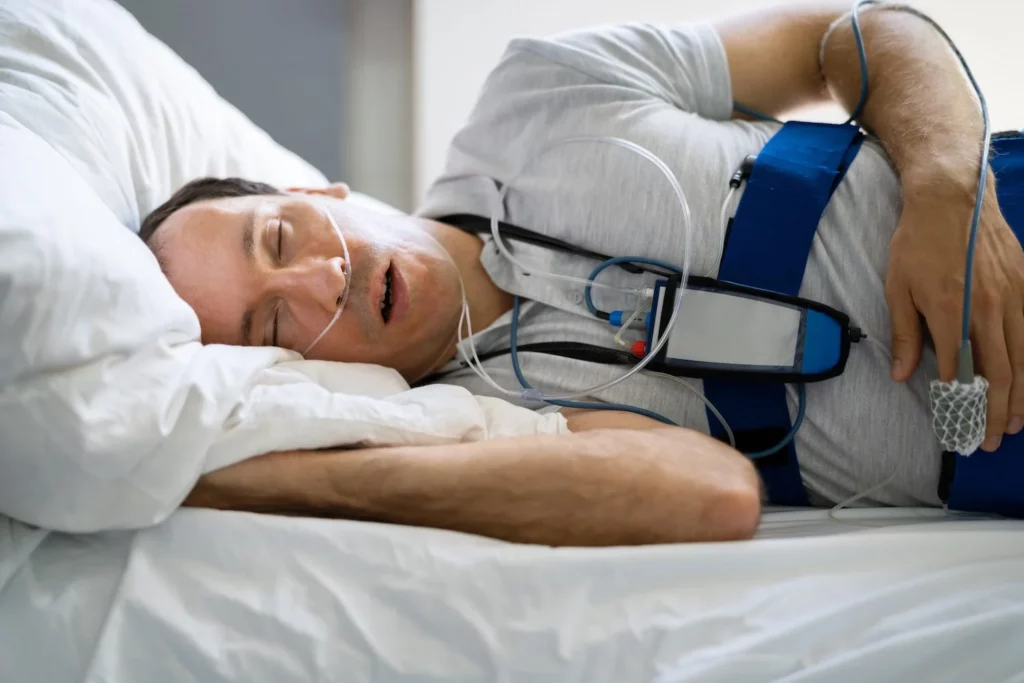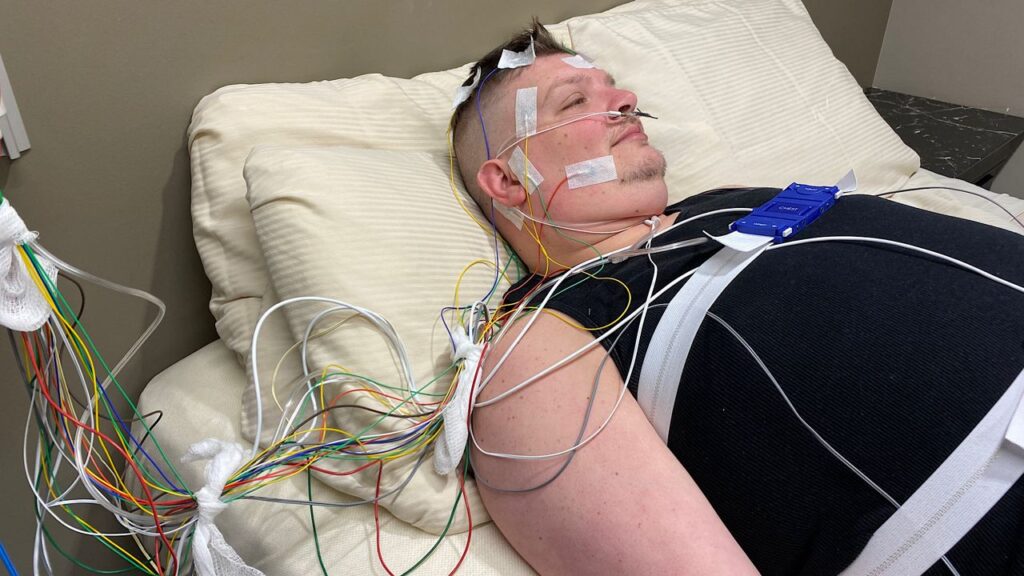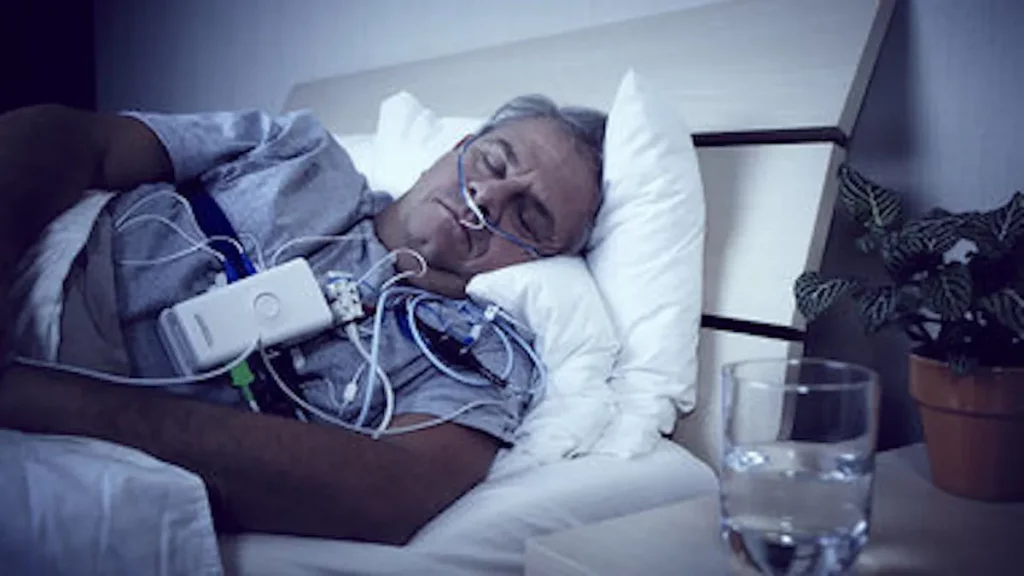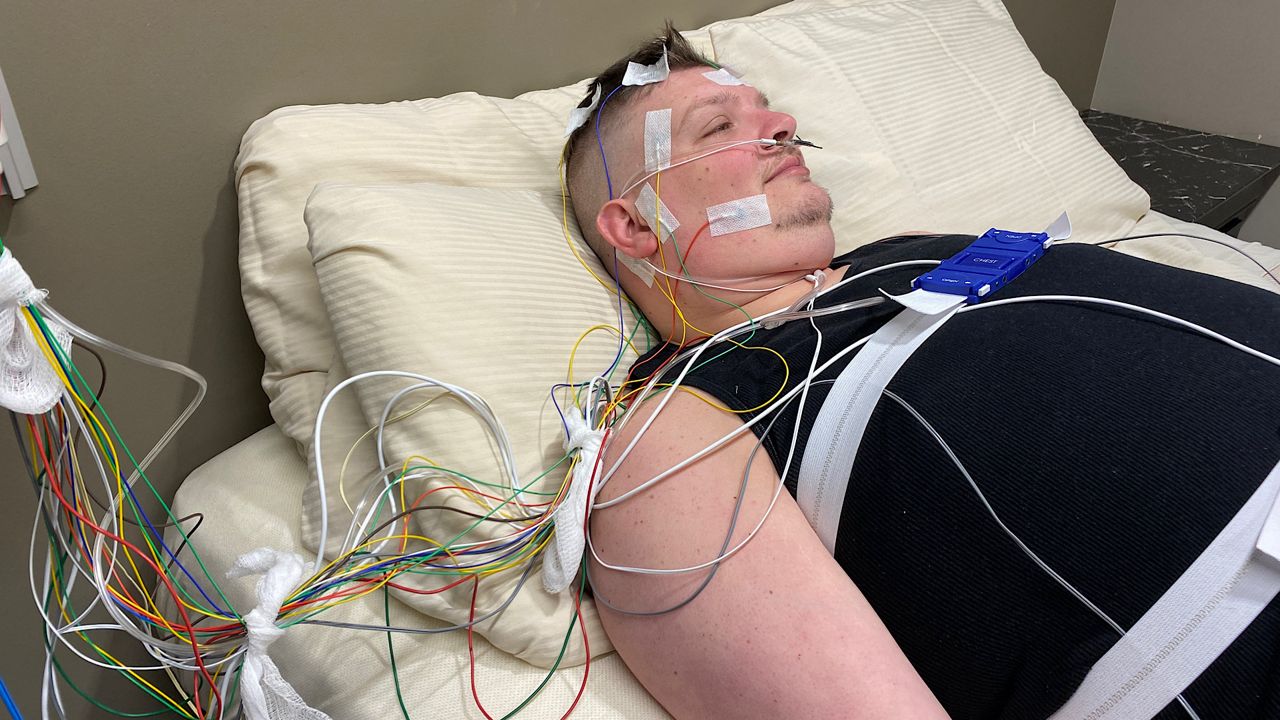Getting a good night’s sleep is essential for our overall health and well-being. However, for many individuals suffering from sleep apnea, a good night’s rest is elusive. Sleep apnea is a common sleep disorder characterized by pauses in breathing or shallow breaths during sleep. These pauses can range from a few seconds to minutes and can occur multiple times throughout the night. If left untreated, sleep apnea can have serious health consequences, including high blood pressure, heart disease, and stroke.
Understanding Sleep Apnea
Sleep apnea is a complex condition that affects millions of people worldwide. It is categorized into three types: obstructive sleep apnea (OSA), central sleep apnea (CSA), and complex sleep apnea syndrome (CSAS). OSA is the most common type and occurs when the muscles in the back of the throat fail to keep the airway open, causing breathing pauses or shallow breaths.
The Science Behind Sleep Apnea
During sleep, the muscles that support the soft tissues in the throat relax, causing the airway to become narrow or blocked. As a result, the brain sends signals to waking the body up briefly to reopen the airway, often with a loud snore or choking sound. These frequent interruptions prevent individuals from entering deep, restorative sleep, leaving them feeling tired and exhausted during the day.

Furthermore, recent studies have shown a potential link between sleep apnea and cardiovascular diseases. The repeated drops in oxygen levels during apnea episodes can put a strain on the heart and increase the risk of heart attacks, strokes, and irregular heartbeats. This underscores the importance of diagnosing and managing sleep apnea to protect not just the quality of sleep but also overall cardiovascular health.
Symptoms and Risks of Sleep Apnea
Recognizing the symptoms of sleep apnea is crucial for early detection and treatment. Common symptoms include loud snoring, daytime sleepiness, morning headaches, difficulty concentrating, and irritability. Sleep apnea can also increase the risk of developing other health conditions such as hypertension, diabetes, and obesity.
It is essential to note that untreated sleep apnea can have a significant impact on mental health as well. The chronic sleep deprivation caused by the condition can lead to mood swings, depression, and anxiety. By addressing sleep apnea through lifestyle changes, continuous positive airway pressure (CPAP) therapy, or surgery, individuals can not only improve their physical health but also enhance their mental well-being and overall quality of life.
The Importance of Sleep Apnea Testing
Identifying the need for a sleep apnea test is the first step towards managing this condition effectively. If you suspect that you or a loved one may have sleep apnea, seeking professional medical advice is recommended. Early detection and treatment of sleep apnea can vastly improve the quality of life, reduce the risk of developing additional health problems, and improve overall sleep patterns.
Sleep apnea is a common but serious sleep disorder that occurs when a person’s breathing is interrupted during sleep. This interruption can last for a few seconds to minutes and may occur multiple times throughout the night. If left untreated, sleep apnea can lead to complications such as high blood pressure, heart disease, stroke, and diabetes.
Identifying the Need for a Sleep Apnea Test
If you experience the symptoms mentioned earlier or exhibit any signs of sleep apnea, consulting a healthcare professional is essential. A sleep apnea test, also known as a polysomnography, is typically conducted in a sleep laboratory. However, advancements in technology have made it possible to conduct sleep apnea tests in the comfort of your own home.
During a sleep apnea test, various parameters are monitored, including airflow, oxygen levels, breathing patterns, and brain activity. These measurements help healthcare providers determine the severity of sleep apnea and tailor treatment plans accordingly.
Benefits of Early Detection and Treatment
Early detection and treatment of sleep apnea can significantly improve symptoms and reduce associated health risks. Moreover, treating sleep apnea can enhance productivity, improve cognitive function, and lead to an overall better quality of life.
Continuous positive airway pressure (CPAP) therapy is a common treatment for sleep apnea. This therapy involves wearing a mask over the nose and mouth during sleep, which delivers a steady flow of air to keep the airways open. Other treatment options may include oral appliances, lifestyle changes, and in some cases, surgery.
Overview of Sleep Apnea Home Tests
Home sleep apnea tests are an alternative to laboratory-based tests, offering convenience and flexibility for individuals seeking diagnosis and treatment. These tests are becoming increasingly popular, not only for their convenience but also for their accuracy in detecting sleep apnea.
One of the significant advantages of home sleep apnea tests is the ability to monitor individuals in their natural sleeping environment. This can provide healthcare providers with valuable insights into a person’s sleep patterns and behaviors, which may not be fully captured in a clinical setting. Additionally, the comfort of sleeping at home can lead to more accurate results as individuals are more likely to have a typical night’s sleep.

How Do Home Sleep Apnea Tests Work?
A home sleep apnea test involves the use of portable monitoring devices that measure various parameters during sleep. These devices typically include a nasal cannula to measure airflow, a finger pulse oximeter to monitor oxygen levels in the blood, and a chest strap to determine breathing effort.
Moreover, some advanced home sleep apnea tests also incorporate additional sensors to track body position, snoring levels, and heart rate variability. This comprehensive data collection allows healthcare providers to assess different aspects of sleep quality and identify potential issues beyond just apnea events.
Components of a Home Sleep Apnea Test
The key components of a home sleep apnea test include portable monitoring devices, instructional guides for setup, and data analysis software. These devices are lightweight, comfortable, and easy to use, allowing individuals to sleep in their own beds rather than in a clinical environment.
Furthermore, the data analysis software used in home sleep apnea tests plays a crucial role in interpreting the collected information. This software can generate detailed reports that highlight key metrics such as apnea-hypopnea index (AHI), oxygen desaturation levels, and sleep efficiency. These insights help healthcare providers make informed decisions regarding diagnosis and treatment plans for individuals with suspected sleep apnea.
The Convenience of Home Testing
Home sleep apnea tests offer numerous advantages over traditional clinical testing, making them an attractive option for many individuals. The convenience and comfort of conducting the test at home contribute to increased patient compliance and accurate results.
Furthermore, home testing allows individuals to have a more relaxed and natural sleep environment, which can lead to more accurate detection of sleep apnea and provide valuable insights into their sleep patterns. This personalized setting can help individuals feel more at ease, potentially reducing any anxiety or discomfort often associated with clinical settings.
Advantages of Home Testing Over Clinical Testing
One of the significant advantages of home sleep apnea tests is the ability to mimic a person’s natural sleep environment. This allows for more accurate detection of sleep apnea and provides valuable insights into an individual’s sleep patterns. Additionally, home testing eliminates travel time and reduces costs associated with laboratory-based testing.
Moreover, conducting the test at home offers individuals the flexibility to choose a time that aligns with their natural sleep schedule, potentially leading to more representative results. This flexibility can be especially beneficial for individuals with irregular work hours or those who have difficulty sleeping in unfamiliar environments.
Preparing for a Home Sleep Apnea Test
Prior to conducting a home sleep apnea test, individuals are typically provided with detailed instructions on how to set up the equipment. It is important to follow these instructions carefully to ensure accurate results. Additionally, it is advisable to maintain a regular sleep schedule, avoid caffeine and alcohol before bedtime, and avoid taking naps during the day to obtain optimal results.
Creating a conducive sleep environment by dimming lights, reducing noise levels, and maintaining a comfortable room temperature can also enhance the testing experience and help individuals achieve more restful sleep during the assessment. By following these preparation tips, individuals can maximize the effectiveness of the home sleep apnea test and contribute to obtaining reliable and informative results.

Accuracy of Sleep Apnea Home Tests
Home sleep apnea tests have been shown to be reliable and accurate in diagnosing sleep apnea. However, several factors can affect the accuracy of test results, and it is important to understand these potential limitations.
Reliability of Home Test Results
The data collected during a home sleep apnea test is analyzed by qualified healthcare professionals to provide an accurate diagnosis. These professionals are trained to interpret the data accurately and make appropriate recommendations for treatment based on the results.
Factors Affecting the Accuracy of Home Tests
While home sleep apnea tests are generally reliable, it is worth noting that certain factors can affect their accuracy. One such factor is poor equipment setup. It is essential to carefully follow the instructions provided to ensure that the equipment is properly installed and calibrated. This will help to ensure accurate data collection and analysis.
Another factor that can impact the accuracy of home sleep apnea tests is sleep disturbances. It is important to create a sleep environment that is as close to your normal routine as possible. Avoiding caffeine and alcohol before bedtime, maintaining a consistent sleep schedule, and ensuring a comfortable sleeping environment can all contribute to more accurate test results.
Additionally, patient non-compliance can also affect the accuracy of home sleep apnea tests. It is crucial to adhere to the instructions provided by the healthcare professional overseeing the test. This includes wearing the equipment for the recommended duration and properly documenting any symptoms or issues that may arise during the testing period.
In conclusion, conducting a sleep apnea home test in Australia offers both convenience and accuracy in detecting this common sleep disorder. With advancements in technology, individuals now have the option to be tested in the comfort of their own homes. Home sleep apnea tests provide an opportunity for early detection and treatment, leading to improved sleep patterns, enhanced quality of life, and reduced health risks associated with sleep apnea.
Furthermore, the convenience and accurate results of home testing contribute to increased patient compliance and overall satisfaction. By eliminating the need for overnight stays in a sleep clinic, home sleep apnea tests offer a more comfortable and accessible alternative. This can encourage more individuals to seek testing and ultimately receive the necessary treatment for sleep apnea.
If you suspect that you or a loved one may have sleep apnea, consulting a healthcare professional and considering a home sleep apnea test is a crucial step towards better sleep health. By addressing this condition early on, you can take proactive measures to improve your sleep quality and overall well-being.
See Also: Sydney Sleep Test for Finding Solutions for Sleep Disorders

